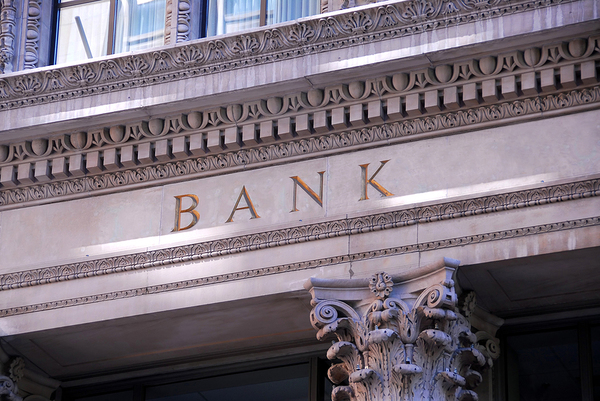View Sale Announcement Detail


Archived news
EXCERPT: Midsize banks are seeing an increase in loan defaults and tighter margins, and the issue will likely worsen in the near term. In response, banks should sell nonperforming or criticized assets and purchase high quality performing loans.

An increase in loan defaults and narrowing of margins is expected among midsize banks into the near future, putting these financial institutions in preparation mode.
That said, how long midsize banks will remain under this pressure remains to be seen. The actual impact of charge-offs may not be fully realized until early in 2021. Until then, it's unclear when the demand for loans will pick up again.
Banks in the $20 to $40 billion asset range are keeping tabs on credit, particularly in the retail and hospitality industries.
Tighter Margins, Loan Defaults, and Continued Economic Uncertainty Place Undue Pressure on Banks
Not only are consumers spending less — leaving banks with an overabundance of deposits — but loan demand has stalled. And many businesses and consumers who currently hold loans have taken advantage of loan forbearance as a result of the disastrous impact that the coronavirus pandemic has had on the economy.
The true measure of credit issues won't be seen for a while still, as financial stimulus programs from the government and loan forbearances have likely delayed credit problems. The question is, how long will these delays last?
Such unknowns are placing undue pressure on midsize banks, especially as investors demand more insight into what the future holds.
Banks like Pine Bluff, AR-based Simmons First National, Evansville, IN-based Old National Bancorp, and Pittsburgh-PA-based F.N.B. Corp. are just a few examples of midsized banks finding themselves providing investors with murky forecasts.
Simmons First National, for one, has already experienced a slimmed-down loan portfolio, and an increase in loan paydowns has aggravated the situation. Total loans — less the Paycheck Protection Program balances — dipped 4.4 percent to $13 billion from the same quarter last year.

In an effort to cover potential losses in the retail and hospitality industries, F.N.B. put aside almost $23 million over Q3 2020. Most of the company's hotel book and about one-quarter of its restaurant portfolio has been moved to either classified or special mention status. Such a move suggests the bank is bracing for additional stress.
Old National is also prepping for a slew of credit issues. During the third quarter, nonperforming loans and loan-loss allowance have grown somewhat.
Pressure Mounts as Loan Volume Shrinks
To counteract yield pressure, banks need stronger volume. But with a decline in loan balances, this can be difficult as bank customers continue to deleverage in an effort to mitigate risk amidst the current health crisis and uncertainty that an election year typically brings.
Not only are clients paying down their debt, but they're not taking on any additional debts in its place. And midsize banks like Simmons First National and Old National Bancorp are feeling the brunt of lower loan yields.
Banks Encouraged to Sell Non Performing Assets
What banks should do as economic uncertainty continues, credit issues loom, and loan volume shrinks is to sell off nonperforming or criticized assets and purchase high quality performing loans in their place. And Garnet Capital can help with that.
At Garnet, we have a wide network of qualified loan buyers and sellers available to participate in transactions that can revamp loan portfolios. Now is as good a time as ever to revisit your loan portfolios and make some changes with the help of a seasoned loan sale advisor.
Garnet Capital Advisors 500
Mamaroneck Avenue, Harrison, NY 10528
(914) 909-1000
info@garnetcapital.comGarnet Capital Advisors 500
Mamaroneck Avenue, Harrison,
NY 10528
(914) 909-1000